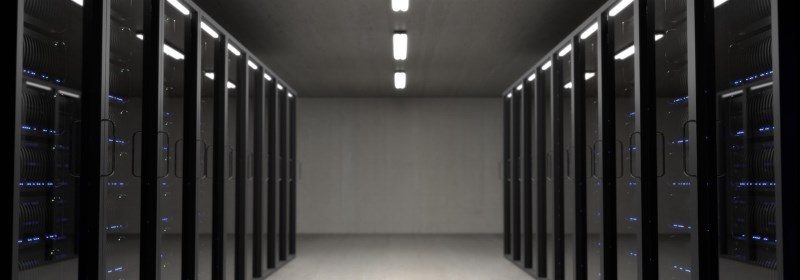Transformation of Cloud Data Centres (CDCs) in the Last Decade

The last decade saw some serious technological changes with Cloud Computing striking the right chord with small and large businesses alike. With more advanced computers, handheld devices and growth of social media platforms, data centres needed to adapt to this fast-changing technological landscape or risk being left behind. As compared to their traditional avatars, the modern data centres have incorporated several technologies that have contributed to the growth of the cloud environment. In this article, we will look at the technologies that have helped in the transformation of the cloud data centres.
High-Density Data Centres
Data centers now design servers or storage devices with clear objectives of reducing the hardware utilization and supporting more users. In simple words, rather than increasing hardware to accommodate users, data centers are trying to increase the density of the systems. This allows the data centers to save space and consolidate server farms.
Virtualization
This is a technique which helps you create a virtual version of your computing resources. Virtualization can help you maximize your system’s capacity since it distributes tasks over multiple user environments. This means that the same server runs multiple tasks reducing the hardware utilization.
One of the key aspects of a high-density data centre is utilizing a lesser amount of hardware. Server virtualization has helped data centres achieve this with great efficiency. IT professionals are now exploring other aspects of the data centre environment where virtualization can help improve efficiency and business continuity. Some such areas are user virtualization, storage virtualization, and network and security virtualization.
Increasing the efficiency levels
Since the usage and dependency on data centers has exponentially increased over the last decade, in order to provide optimum services, the data centres felt the need to restructure their efficiency practices by conducting an in-depth analysis of the factors affecting the cooling capacity, optimum utilization of power, etc. High-density computing led to a reduction in hardware but also meant a higher requirement of energy and cooling capabilities.
Distributed Data Centre Management
Around a decade ago, the Data Centre Infrastructure Management or DCIM solutions would typically focus on single data centres. This has now changed and DCIM has evolved and supports a truly global data centre environment. Some data centres optimize all the processes running in a data centre and then replicating it at other sites. Others have developed something called the Data Centre Operating System with a goal of creating a cluster of data centres. This cluster has the capability to provide support to various business requirements from the Cloud.
Conclusion
Cloud hosting providers have spearheaded these changes in trying to keep up with the changing times. They have also leveraged these technologies which enables them to offer a high-performing hosting environment for your website. As the market evolves and newer technologies enter our lives, cloud data centers seem to be well-placed to adopt them and provide you with state-of-the-art services.

